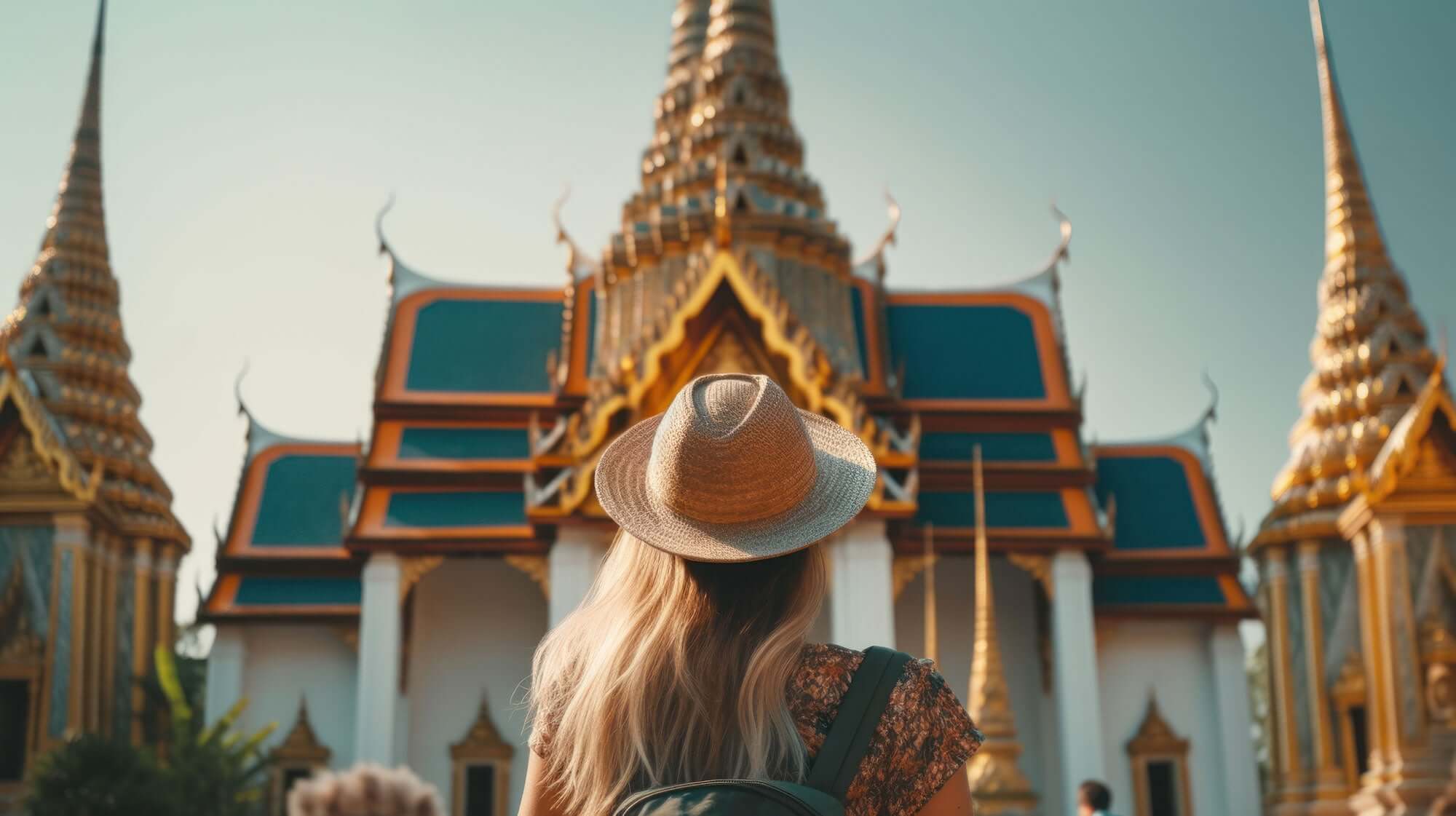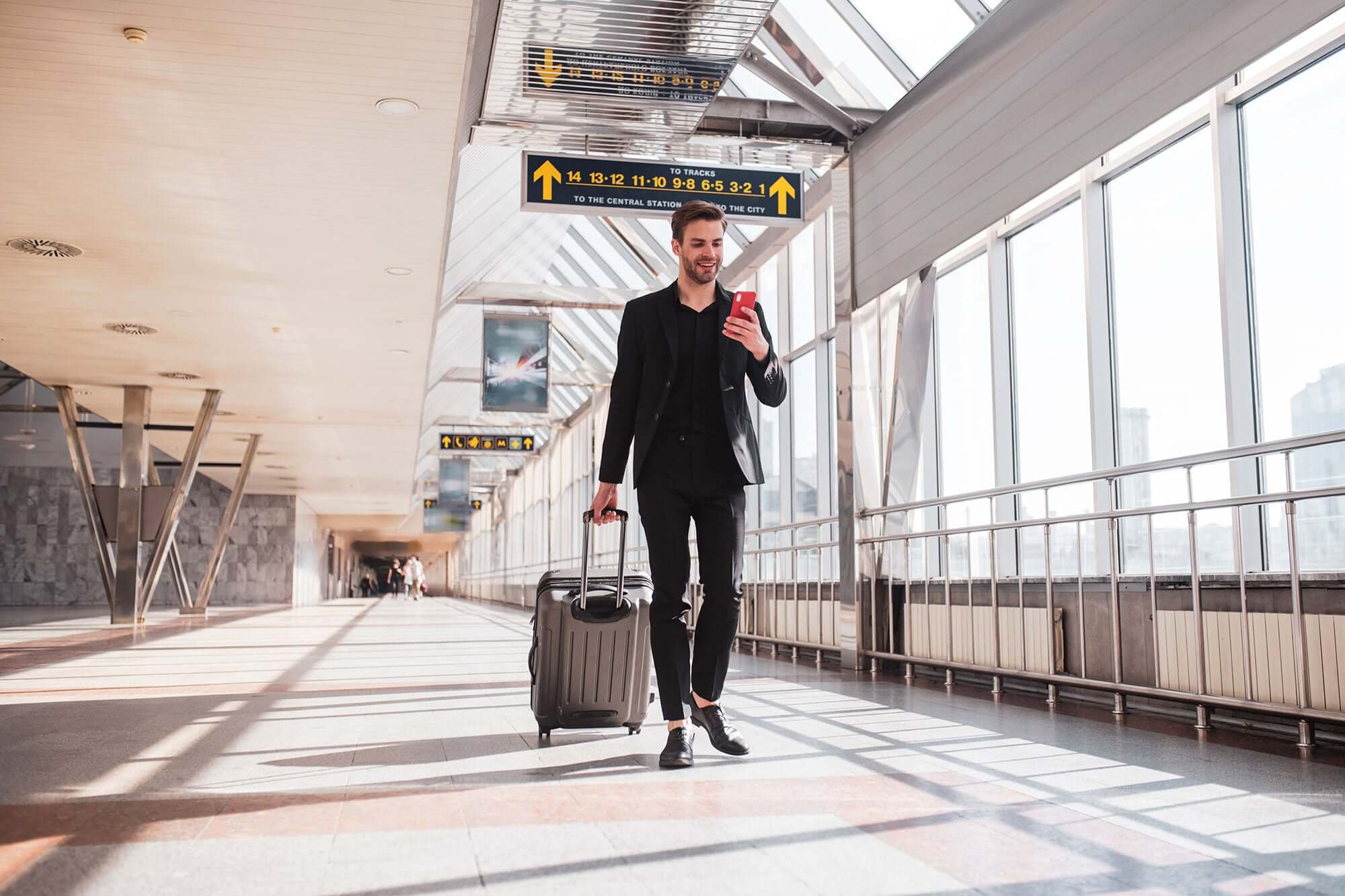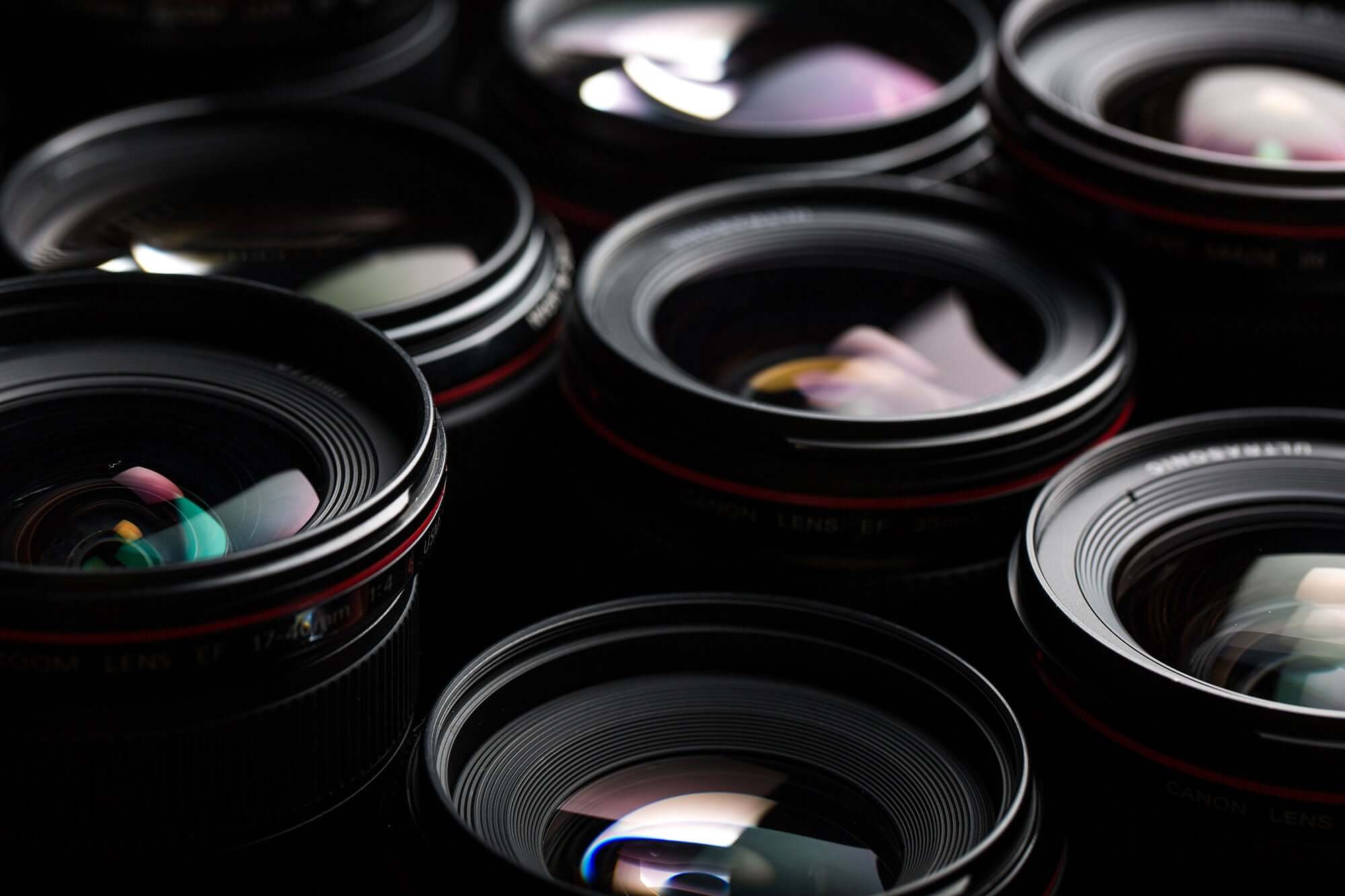
Guide: the best equipment for travel photography
Although smartphone cameras are getting better all the time, truly impressive travel photos can still only be created with professional camera technology. However, when it comes to travel photography equipment, it's important to master the balancing act between versatile equipment and the lightest possible weight and compact format. It's not uncommon to find out after a trip: I didn't even use half of my camera equipment for travel.
To ensure that you have the best equipment for travel photography on every trip, we offer you an overview of the right equipment for travel photographers in this guidebook article. The motto here is: good planning protects you from unnecessarily heavy loads.
The basics: camera technology, lenses and accessories for travel photography
Travel photography requires equipment that is easy to transport and quickly accessible at all times. The basic equipment for travel photographers includes:
- Camera: single lens reflex camera (DSLR) or alternatively system camera or bridge camera.
- Lenses: zoom lenses: wide-angle, telephoto, macro and fisheye lenses, fixed focal length for landscape photography
- Filters: UV filter, polarizing filter, gray filter
- Accessories: tripod (tripod), clip-on flash, notebook with external storage media for backing up images, spare batteries, charger, extra memory cards
- For storage: Camera bag or backpack
- For cleaning: Bellows, cloth, etc.
From your basic equipment, you can put together the right gear for every trip.
Important tip: For every excursion, an "all-rounder zoom lens" with focal lengths between 24 and 70 mm belongs in your luggage. This allows you to cover all motifs from landscape photos to portraits while traveling. Likewise, a tripod and cleaning utensils should always be part of the travel photography equipment. For special photo ideas, pack additional lenses and filters.
When choosing a camera bag or photo backpack, the following applies: Everything should find its place - but in as small a space as possible. The tripod can best be attached to the outside of the bag.
Assembling camera equipment for travel: the right travel photography equipment for different types of trips
On a trip, well-equipped amateur or professional photographers actually never take all their equipment. Rather, they choose the best travel photography equipment for the destination from the various cameras and especially lenses.
After all, you need different travel photography equipment for a diving vacation in the Maldives than for a trip to the Alps, a safari in Africa, bird watching at the North Sea or a hike on the Way of St. James. So the first step in putting together travel photography gear is to be clear about what kind of images you're mainly after.
Practical travel photography equipment for landscape photography
For landscape photos, it's best to go for wide-angle and fixed focal length lenses when it comes to travel camera equipment. The best thing about landscape photography: The subject doesn't run away from you. You can therefore take your time to get into position, set up the camera equipment and choose the optimum image detail.
The situation is different when photographing moving subjects - i.e. on photo trips with the goal of wildlife photography.
The best equipment for travel photos with animal motifs and macro photography
If you're primarily aiming for wildlife shots on a photo trip, you'll need a powerful telephoto lens first and foremost. At least 200 mm focal length is indispensable. This can go up to 600 mm focal length - however, the telephoto lenses from about 400 mm focal length are quite heavy and unwieldy.
A good tripod is also important for such shots. This is because moving objects such as birds or game are best "shot" from a fixed position. If, on the other hand, you want to use macro photography to focus on very small things, a macro lens with a focal length of 100 mm is a good choice.
Fisheye lens: for unusual travel photos
If you want to take one or two unusual photos on a trip, you can open up whole new worlds with a fisheye lens: The super wide-angle lenses make extreme panorama shots as well as interesting gimmicks with centrally placed objects and distorted edges possible. When it comes to fisheye photography, experimentation is the name of the game!
Especially experienced travel photographers who want to expand their repertoire in landscape photography by a charming aspect, a super wide-angle lens can give great impulses. For beginners in travel photography, however, it is only suitable to a limited extent.
Photo bag: Compact, with rain cover
Camera equipment for travel should be stored in a sturdy bag or photo backpack. Models with quick access are recommended, so that you do not have to put down and search the bag specifically for changing lenses and co. every time.
You can also find the right camera bag for your equipment and everything you need to protect your camera in our Oberwerth Shop. From classic camera bags to modern sling bags up to noble photo messengers and backpacks. Of course you will also find hand straps and shoulder straps. Finest handmade from the best materials. Feel free to look around and find the bags & accessories that best suit you and your equipment!
The bag should be chosen only so large that all equipment finds space - but no unnecessary empty space remains. Also important: a rain cover for the camera bag. Because the weather is often capricious when traveling.
Special equipment: practical travel photography equipment for dives
To create spectacular travel photos under water during a diving vacation, special equipment is necessary. In this case, the equipment for travel photographers should include a waterproof housing for the camera and an underwater lamp as a means of illumination. Alternatively, instead of a housing, you can take an underwater camera on a dive. Then the operation is a little more comfortable.
Accessories for long exposures
If you want to give your travel photos that extra something, you can sprinkle in a long exposure here and there. Whether it's for nighttime shots of the starry sky or long exposures for subjects with flowing water, you'll need to have a little patience for seconds-long exposures to capture specific movement or to shoot in low-light situations. Accessories that are important for this are a stable tripod, a remote shutter release and a gray filter (to minimize the incidence of light during the day).
The absolute minimum: photographic equipment for backpacking trips
Whether you're going into the jungle or on the Way of St. James, travel photography for backpacking trips is particularly limited in terms of equipment. That's why only the bare essentials belong in your luggage:
- Camera body (light, compact system camera)
- All-round lens: 24 to 200 mm
- Gorilla Claw tripod (GorillaPod)
- Spare batteries and charger
- Additional memory cards
Conclusion: Good planning is the right strategy
When putting together the best travel photography gear, don't take too much or too little equipment. Therefore, plan specifically what kind of shots you want to create on the road - and pack the appropriate travel photography gear so that it's easily accessible while you're on the road.
Additional tip: High-priced photographic equipment should be packed in your hand luggage when traveling by air in order to protect it as best as possible.

